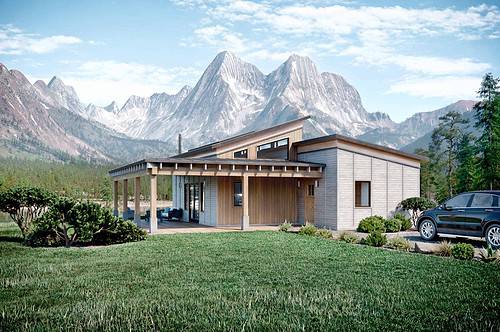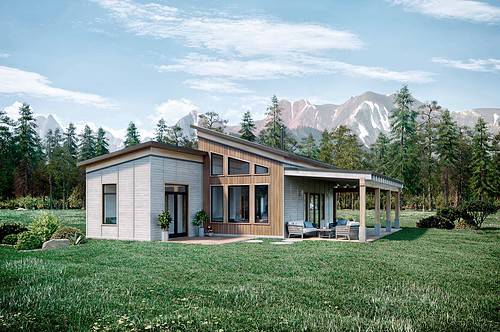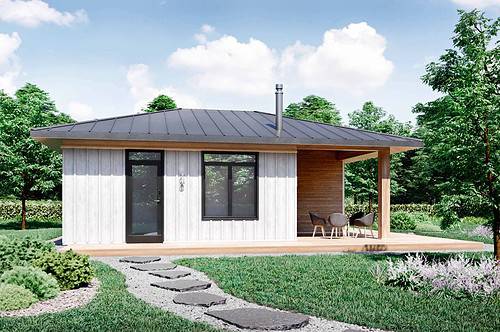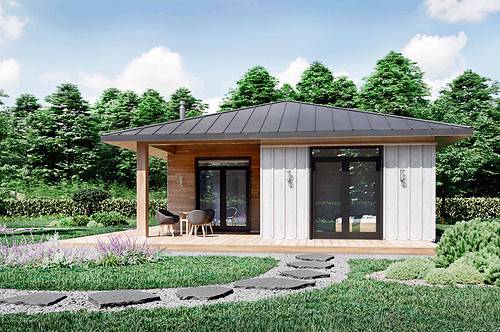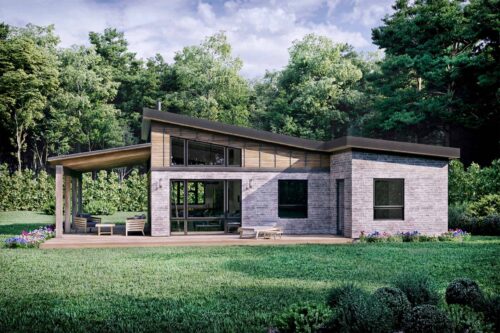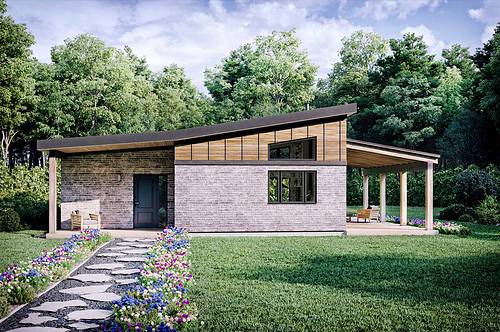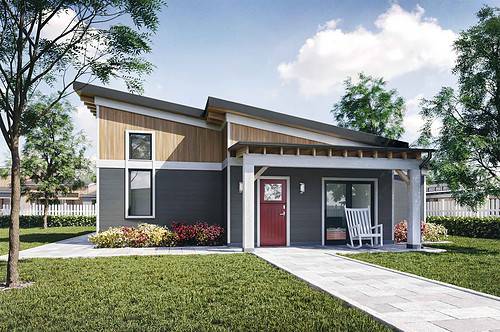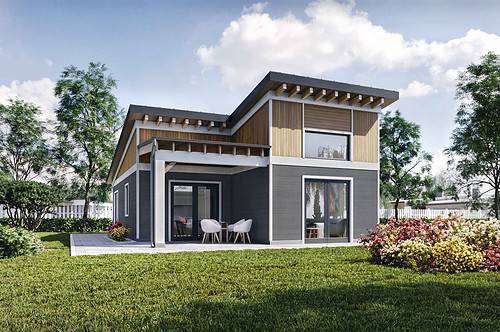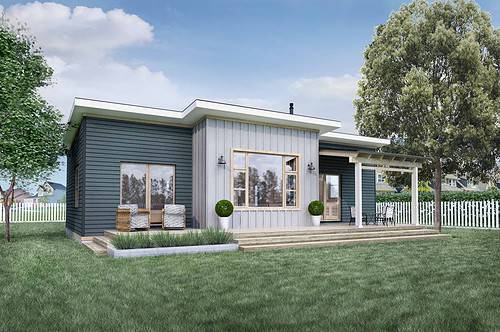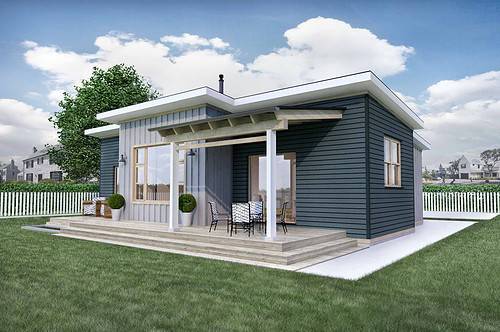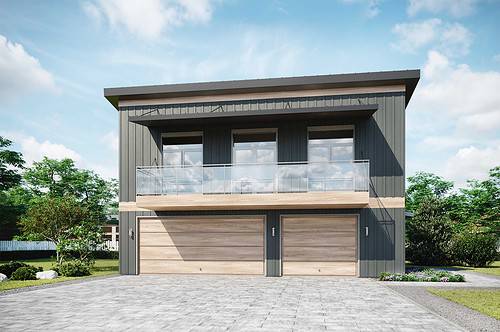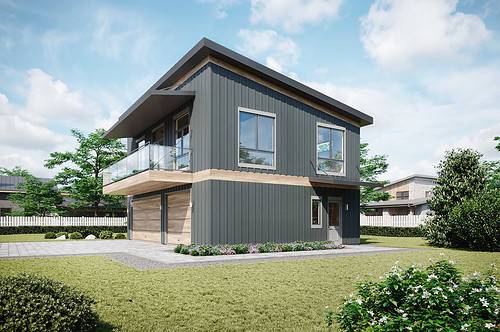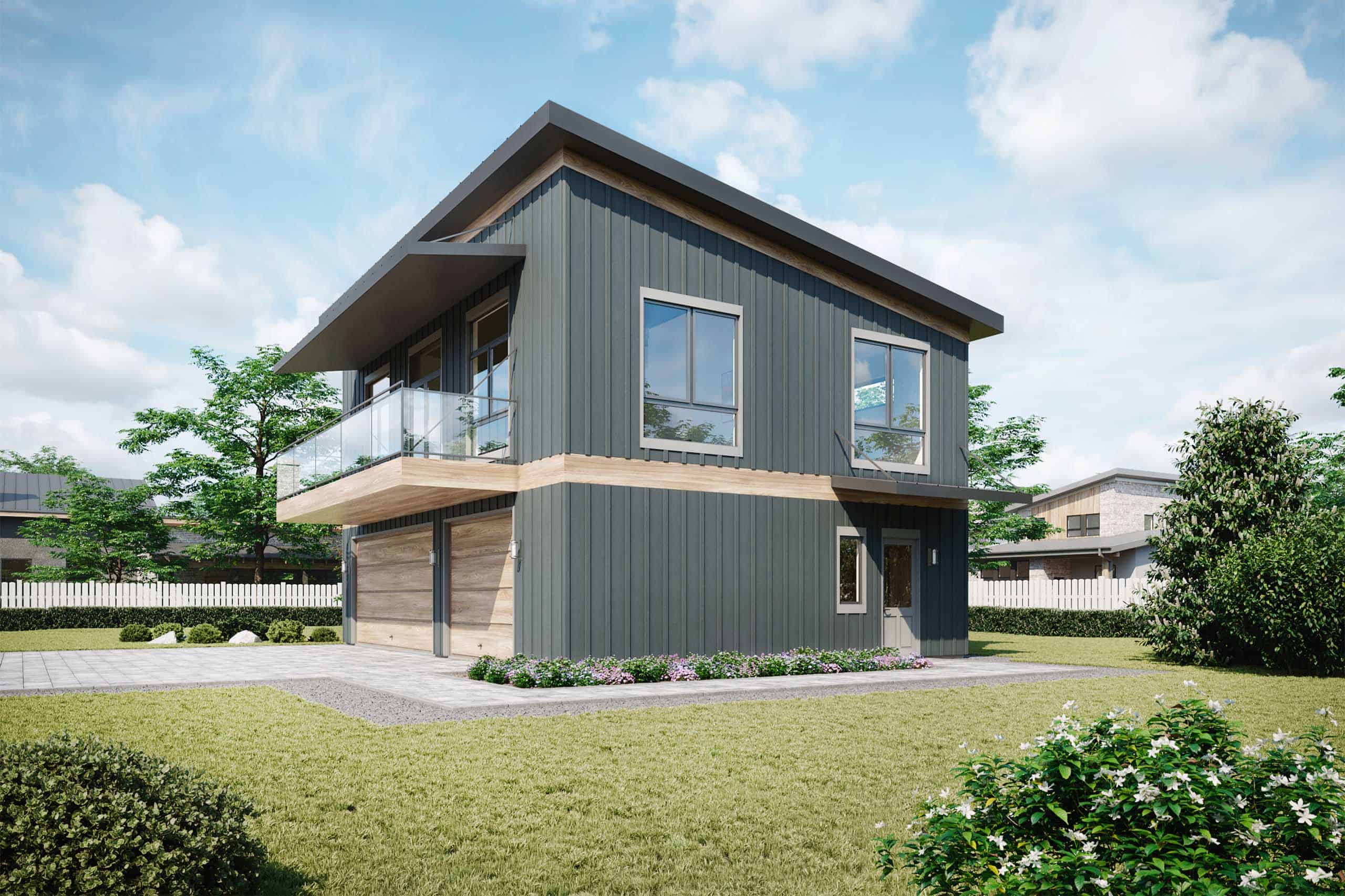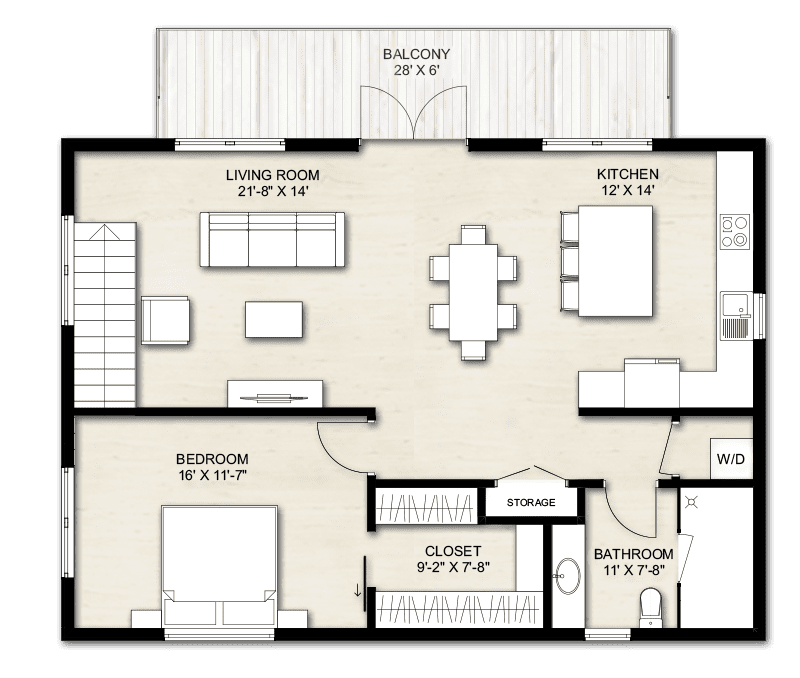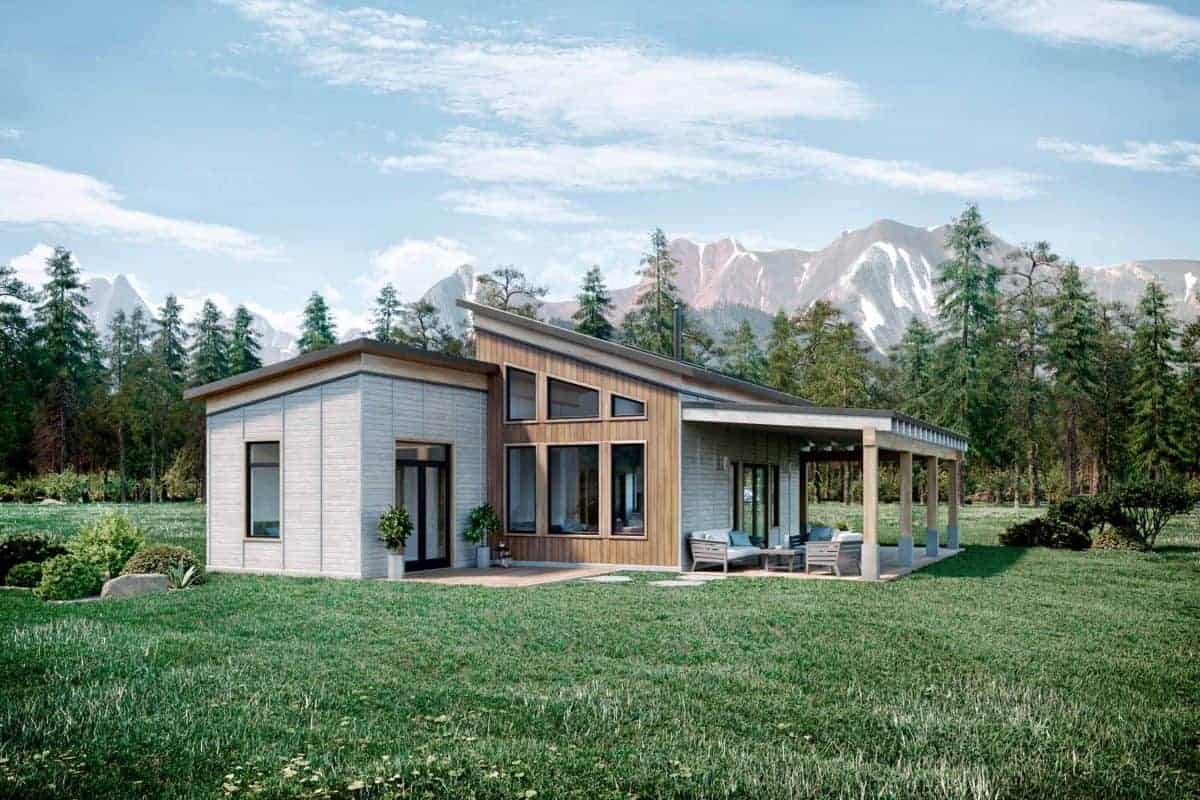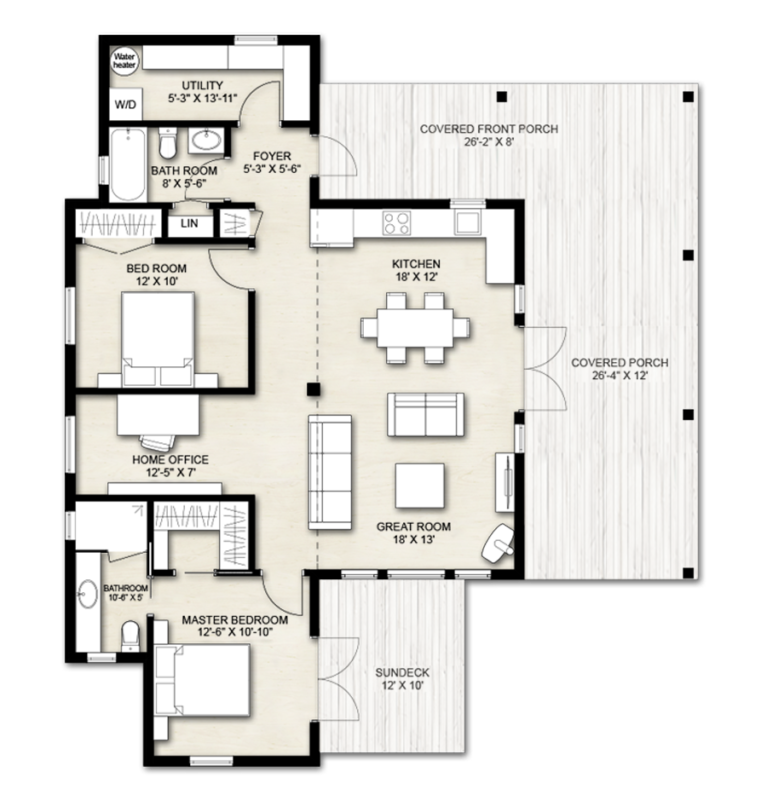No products in the cart.
What are Cottage Home Plans Like?
Traditionally, it’s an outbuilding that is built close to a larger house. It was originally built to keep carriages that were drawn by horses and sometimes, it also housed the caretaker or coachman on its upper floor. Other names for it were cart shed or coach house.
Its origin relates closely to the period when there was an increase in the use of carts in Great Britain. Around the 1700, people who owned carts were regarded as upper-class citizens. Hence, they built structures within their property for operators of the carts and their necessary gear.
We can also trace the origin of carts in the US to the 1800s when roads became well-established. Around that time, more people started using carts. They were quite common in New England, the upper Northeast, and New York.
In modern society, homeowners repurpose the buildings into smaller second homes, tiny houses, studio spaces, home offices, suites for in-laws, detached garages, or guest houses. They can also serve as garage apartments, which are zoned as ADUs (Accessory Dwelling Units).
The Basics of Carriage House Designs
Now that we have answered the question of “what is a carriage house”, let’s discuss the basics of carriage house designs. Generally, cart houses have these features:
Matching Design
The houses are structured to follow the style of the main building on the property. For instance, if the main building is Victorian style, the cart house will feature crown molding, thin shingles, dormer windows, and steep roofs. Also, if the style is craftsman-like, it will feature a roof with a low pitch and columns.
Freestanding
The buildings are structured like outbuildings. They are completely detached and do not share any wall with the main building or other buildings.
Small Living Space
Most traditional cart houses feature small living spaces for the horse groomsmen or drivers. This space is usually on the loft or second floor of the main building. The designs that do not feature these small living spaces are remodeled to have a minimum of 1 or 2 bedrooms, a half bath or one bathroom, and a little kitchen space.
Big Open Space
Because carriage house designs were originally meant for horse-drawn carts, they have a big open space on their first floor with a high ceiling. The space was big enough to house a cart. In contemporary carriage house floor plans, this space can serve as the living room, family room, great room, or a garage for 1 or 2 cars. It can also feature electric garage doors.
Sometimes, cart houses and homes may be used interchangeably. They are however different buildings. While we already know that cart houses are historical architectural styles, carriage homes are marketing terms that realtors use to describe a small family home. Below are other differences between both dwellings:
- Cart houses are freestanding whereas the homes share walls and landscaping with neighboring carriage homes.
- The houses are historical and designed to accommodate carts and horses while the homes are newly designed to accommodate single families.
- Cart houses are outbuildings on the main property, usually behind the manor house with an open space around it. On the other hand, the homes are erected on small lots in areas that permit “no lot line” structures. When several carriage homes are clustered, you will typically find a fitness center, pack space, or a communal backyard to compensate for the small space.
- Cart houses have ample spaces that were originally meant to accommodate a minimum of one cart and sometimes, they have an upper room. On the contrary, carriage homes have smaller square feet. They also consist of many smaller rooms as they were not designed for carriages.



